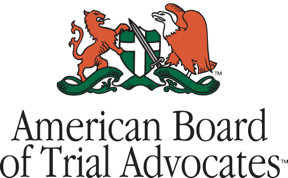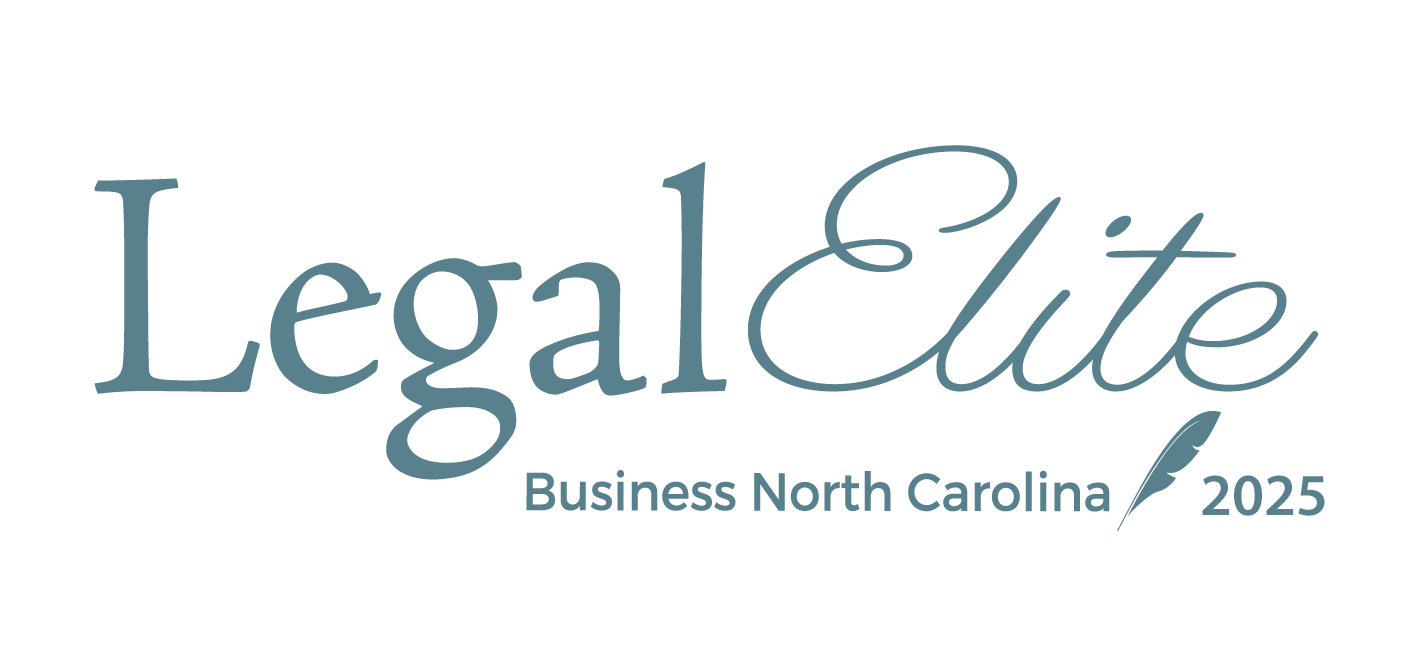Running legally compliant and transparent board meetings is essential for successful operation of any community association ("HOA").
Compliance with an HOA's governing documents helps avoid legal liabilities and ensures decisions are made consistent with North Carolina law. Transparency builds trust and can improve member engagement.
Fundamental Legal Requirements
HOAs in North Carolina must comply with specific rules when holding board meetings. Key legal requirements include:
Meetings and Elections
Meetings of the board of directors must be held as provided in the HOA's bylaws. At regular intervals, the board of directors must provide members with an opportunity to attend a portion of a board of directors meeting for the purpose of addressing their issues and concerns to the board of directors. The board of directors may place reasonable restrictions on the number of members that may speak, how long they may speak, and how many members may speak on any given topic. Many HOAs utilize member sign-up lists to help streamline this process.
Notice Requirements
Unless required by the HOA's governing documents, regular meetings of the board of directors may be held without notice of the date, time, place, or purpose of the meeting. Special meetings of the board of directors must be held upon at least five (5) days' notice provided to all the board members by the usual means of communication, unless the governing documents require additional notice provisions.
Quorum and Voting
A majority of directors constitutes a quorum, except as otherwise provided in the HOA's governing documents. Generally, the affirmative vote of a majority of the directors when a quorum is present is the act of the board of directors.
Record Keeping
Minutes of board meetings must be kept and accurately reflect the business conducted at the meeting. Remember, minutes are a record of what was done at a meeting, not what was said. Accordingly, minutes should, in general, only include those items which the board voted upon during the meeting, not a transcript of board discussions.
Transparency: Best Practices to Build Member Confidence
Here are some practical tips an HOA board of directors can follow to ensure meetings are transparent in a manner that creates trust between the members and the board.
- Set an agenda prior to each upcoming board meeting and distribute it to the board members with adequate time to prepare in advance. If the board meeting, or a portion of the board meeting will allow for member attendance, make sure the members have enough advance notice of the opportunity to attend.
- Once the agenda is set, stick to it. If needed, set time limits for individual discussion items that allow for full discussion of each matter on the agenda and ensure that meetings are conducted in an efficient manner. Consider including a meeting end time, not just a start time. Including an end time may be aspirational, but it can help keep the meeting on track.
- Pick meeting days and times that maximize board member attendance. If a director cannot attend a meeting in person, any director may participate in board meetings by any means of communication which allows all directors participating to simultaneously hear and be heard by each other during the meeting. Consider leveraging technology to allow board members to attend virtually.
- Accurately maintain minutes during the board meetings and establish a time when the minutes will be distributed to the board members after the meeting. Even though the minutes will likely be approved at the next board meeting, the sooner a draft of the board meetings can be distributed to the board members, the better. This will hopefully allow any board member suggested changes to be updated in advance, so precious meeting time is not wasted debating approval of the past board meeting minutes.
- When applicable, encourage and facilitate member participation in meetings during the member open forum portions. Consider allowing members to attend open portions of all board meetings, even if the HOAs governing documents do not make it a requirement. The more opportunity the members have to see the board in action, the more transparency can be achieved.
- Use closed board meetings properly. Closed meetings are those portions of the meeting where members can never attend. Closed meetings should be reserved only for confidential matters, such as discussions with legal counsel, personnel matters, disciplinary actions, or collection of delinquent assessments.
- Communicate with lot owners regularly and proactively. Keep owners up to date on ongoing projects and important decisions of the board of directors discussed at meetings. This includes not just advertising when members may attend board meetings but also providing easy access to board minutes once they have been approved.
Conclusion
Compliant and transparent board meetings are not just about following the rules, they're about good governance and building trust and morale among the members. For HOAs that means following statutory requirements, following the HOA's governing documents, keeping accurate records, and communicating this information to the members in a timely manner.
Ward and Smith has a dedicated Community Associations Practice Group with attorneys experienced in representing HOAs in all aspects of operation and corporate governance. We are happy to speak with you about running compliant and transparent board meetings.








